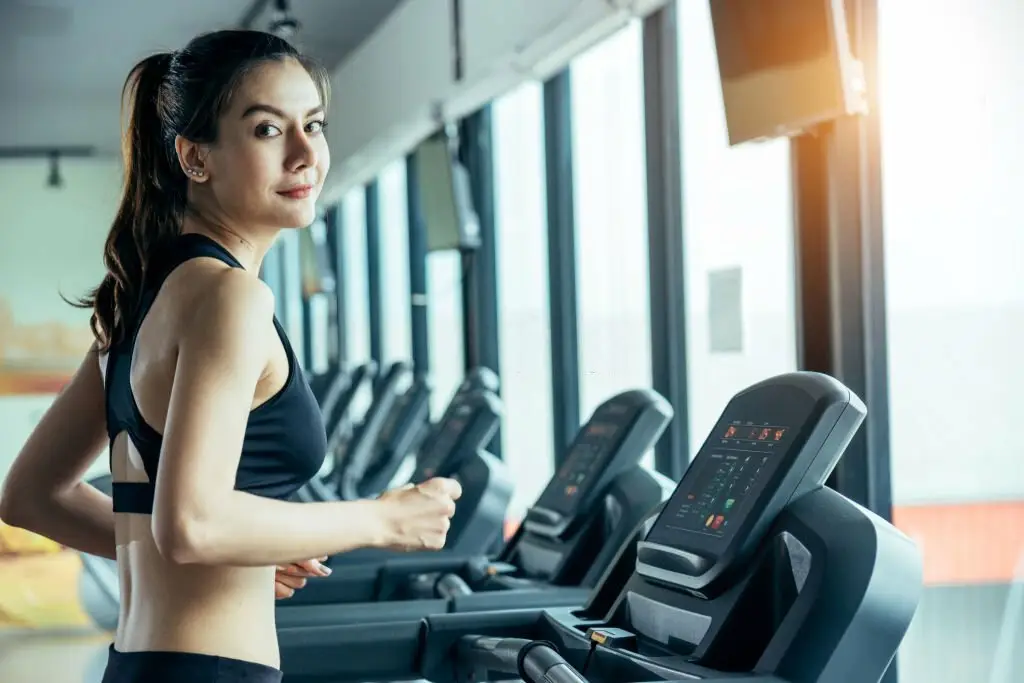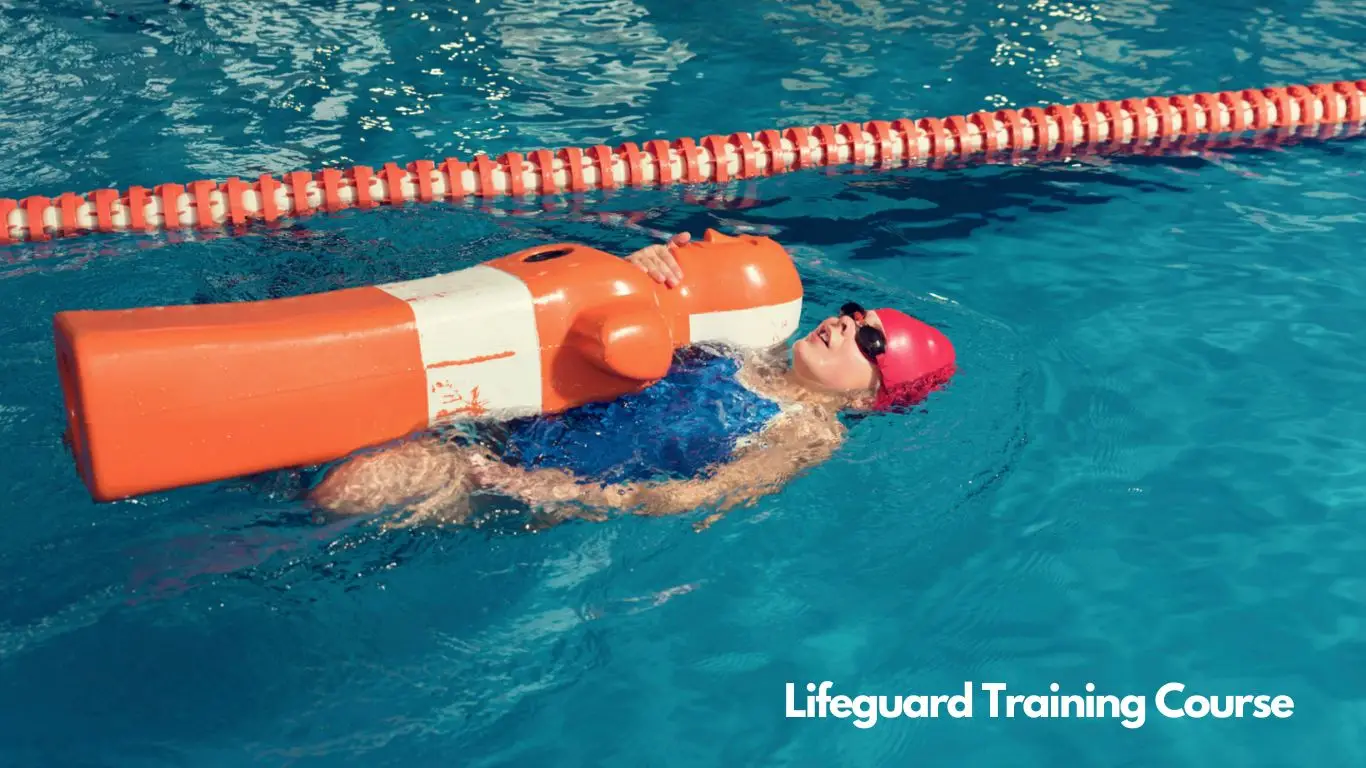Unlock your running potential by refining your mechanics. Efficient running mechanics not only boost speed but also prevent injuries. Begin with proper posture-maintain a straight back and relaxed shoulders. Focus on foot placement, landing mid-foot to reduce impact on joints. Optimize your stride length; avoid overstriding to minimize stress on muscles. Engage your core for stability and balance. Regularly incorporate drills to enhance flexibility and strength, targeting key muscle groups. Invest time in gradual progression to allow your body to adapt. By honing your running mechanics, you’ll run faster and enjoy a more sustainable and injury-free journey.
Mastering the Basics: Perfecting Your Posture for Improved Running Mechanics
The act of running is more than just putting one foot in front of another-it is a dynamic interplay of muscles and movements. Achieving optimal running mechanics begins with mastering the fundamental aspects of posture.
The Foundation: Straighten Up for Success
A proper running posture is akin to the foundation of a sturdy building. Keep your back straight and shoulders relaxed to align your spine. Imagine a straight line from your head to your ankles, maintaining a neutral and natural posture. This not only minimizes unnecessary strain on your back but also promotes efficient energy transfer, allowing you to run longer and faster.
Eyes on the Horizon: The Role of Head Position
Your head’s position significantly influences your overall posture. Fix your gaze on the horizon rather than looking down at your feet. This simple adjustment helps keep your neck aligned with your spine, contributing to a more streamlined and efficient form. It also enhances your awareness of the terrain ahead, reducing the risk of tripping or stumbling.
Arms in Motion: Finding the Right Swing
Your arms play a crucial role in maintaining balance and rhythm while running. Keep your arms bent at a 90-degree angle and let them swing naturally with the motion of your stride. Avoid crossing them in front of your body, which can disrupt your balance. Proper arm movement not only aids in propulsion but also counteracts the rotational forces generated by your legs, promoting a smoother and more controlled run.
Relax and Breathe: A Holistic Approach

Tension in your muscles can hinder fluidity in your running mechanics. Consciously relax your hands, jaw, and neck while running. This not only conserves energy but also prevents stiffness and discomfort. Additionally, focus on your breathing—deep, rhythmic breaths contribute to a steady flow of oxygen to your muscles, enhancing endurance and overall performance.
Striding Smart: Optimizing Foot Placement and Length for Efficient Runs
Efficiency in running is not only about speed but also about how you land and push off with each stride. Optimizing your foot placement and length is key to unlocking a more efficient and effective running experience.
The Art of Mid-Foot Landing
The way your foot hits the ground can significantly impact your running mechanics. Aim for a mid-foot landing means landing on the middle part of your foot rather than the heel or toes. This distributes the impact forces more evenly, reducing stress on your joints and minimizing the risk of injuries. Practice this conscious foot placement to enhance your overall running efficiency.
Stride Length: Finding the Sweet Spot
Striking the right balance in stride length is crucial for optimal running performance. Overstriding, where your foot lands too far in front of your body, can lead to braking forces and increased impact on your joints. Conversely, too short a stride may limit your speed and efficiency. Experiment with your stride length, aiming for a comfortable and natural extension of your leg to find the sweet spot that works best for your body and running style.
Cadence Counts: Maintaining a Consistent Rhythm
Cadence, or the number of steps you take per minute, is a key factor in running efficiency. A higher cadence often correlates with reduced ground contact time, contributing to smoother and more efficient strides. Focus on maintaining a consistent and controlled rhythm, adjusting your cadence as needed to match your pace. This simple yet effective adjustment can lead to an improved running economy and reduced fatigue.
Uphill and Downhill Dynamics: Adapting Your Stride
Running on varied terrain requires adaptability in your stride. When tackling uphill slopes, shorten your stride to maintain a powerful push-off. On downhill stretches, allow your stride to naturally lengthen, but control your descent to avoid overstriding. Adapting your stride to the terrain ensures a more efficient and injury-resistant run. Beyond the Surface: Core Engagement and Strength for Superior Running Stability While running may seem like a lower-body-dominant activity, the role of your core should not be underestimated. A strong and engaged core is the secret weapon for achieving superior stability and unlocking your full running potential.
Core as the Powerhouse: Understanding Its Role
Your core muscles are the powerhouse of your body, providing stability and connecting your upper and lower body movements. When running, a strong core acts as a stabilizer, preventing unnecessary swaying and promoting efficient energy transfer. Engaging your core also helps maintain an upright posture, reducing the risk of back pain, and optimizing your stride mechanics.
Dynamic Stability: Incorporating Core Exercises
Static core strength is valuable, but dynamic stability is equally crucial for runners. Integrate exercises that challenge your core in multiple planes of motion. Planks, Russian twists, and leg raises are effective for building both strength and stability. These exercises mimic the dynamic nature of running, enhancing your ability to maintain control and balance during varied terrains and paces.
The Role of Hip Flexors: Connecting Core to Legs
The hip flexors, part of the core muscle group, play a pivotal role in running mechanics. Strengthening and maintaining flexibility in your hip flexors contributes to a smoother and more efficient stride. Incorporate exercises such as hip flexor stretches and leg lifts to target this area. A well-conditioned and flexible hip flexor region enhances your range of motion, reducing the risk of imbalances and improving overall running form.
Mindful Running: Core Engagement During the Run
Training your core extends beyond dedicated exercises—it involves conscious engagement while running. Focus on keeping your core muscles activated by pulling your belly button toward your spine. This engagement stabilizes your pelvis and aligns your spine, contributing to a more efficient transfer of power from your core to your legs. Regularly check in on your core engagement during runs to develop muscle memory and reinforce good habits.
Conclusion
In the pursuit of peak performance, mastering running mechanics is paramount. By refining posture, optimizing foot placement and length, and incorporating core engagement, you unlock the key elements for success. Striving for success involves a harmonious blend of efficiency and biomechanics. Embrace mid-foot landings, find your optimal stride length, and engage your core to stabilize and propel yourself forward. These fundamental adjustments not only boost speed but also mitigate the risk of injuries. Ultimately, the journey to peak performance lies in the nuanced mastery of each stride symphony of movements that transform running into a dynamic and fulfilling pursuit.


